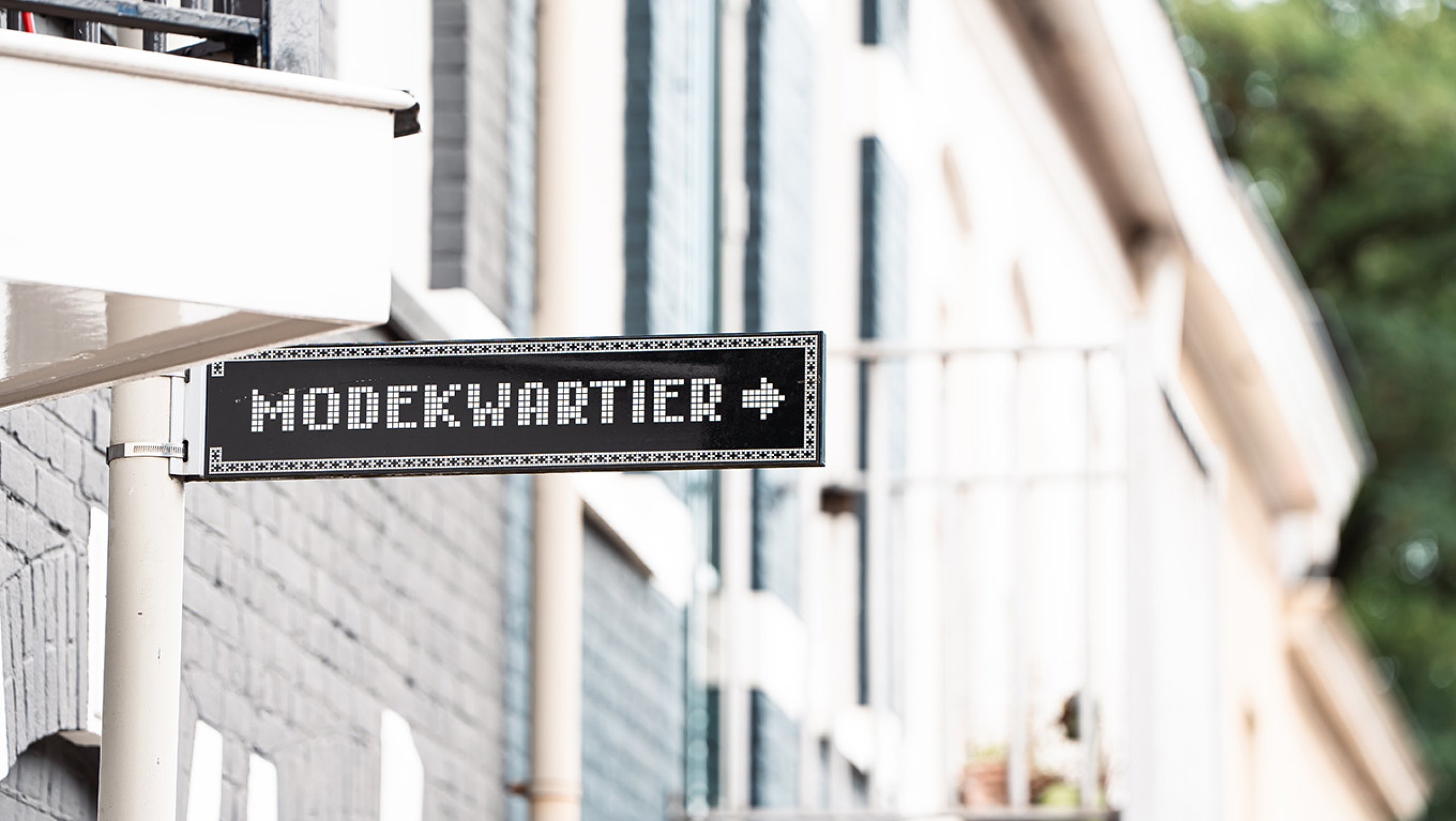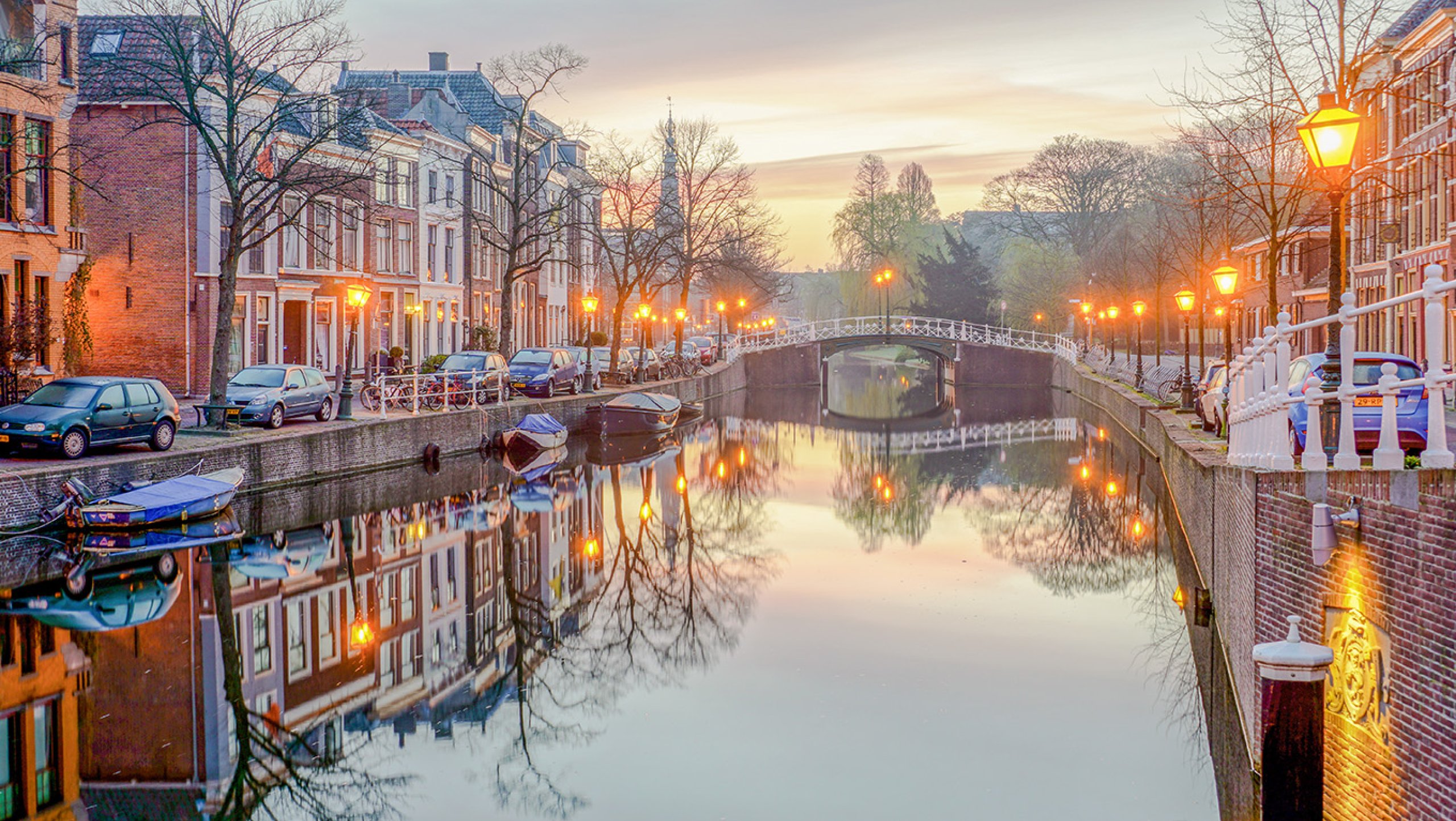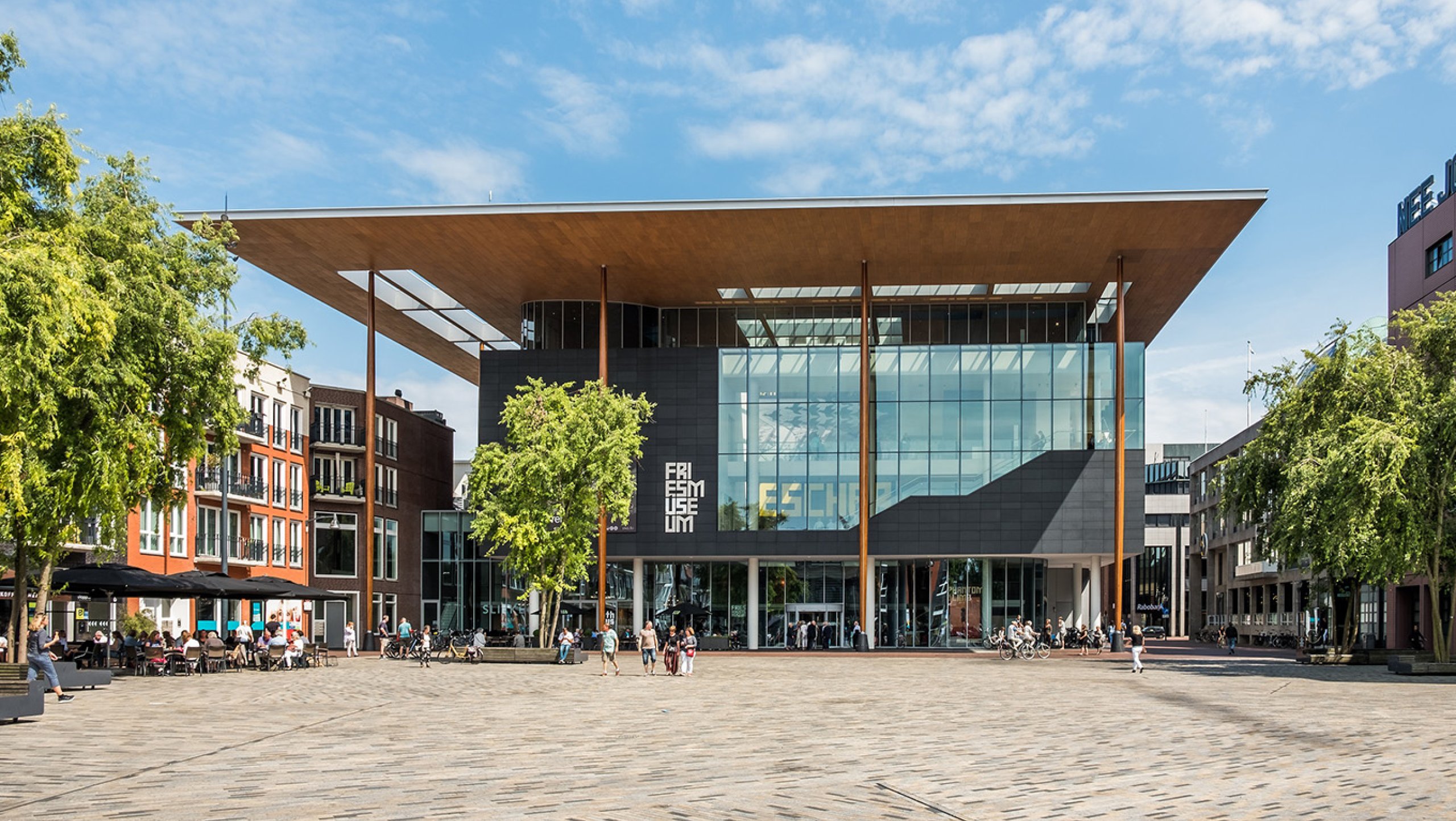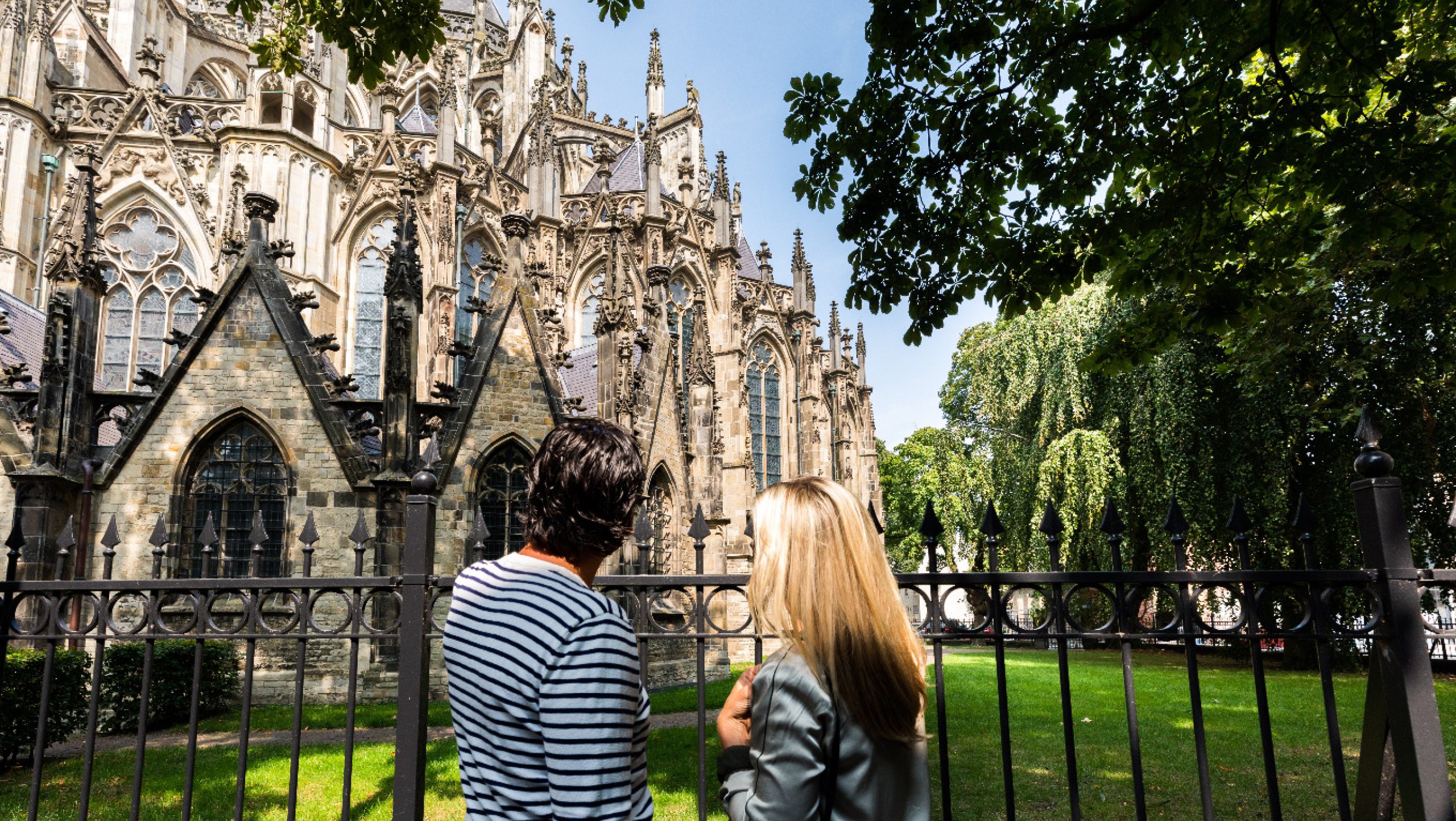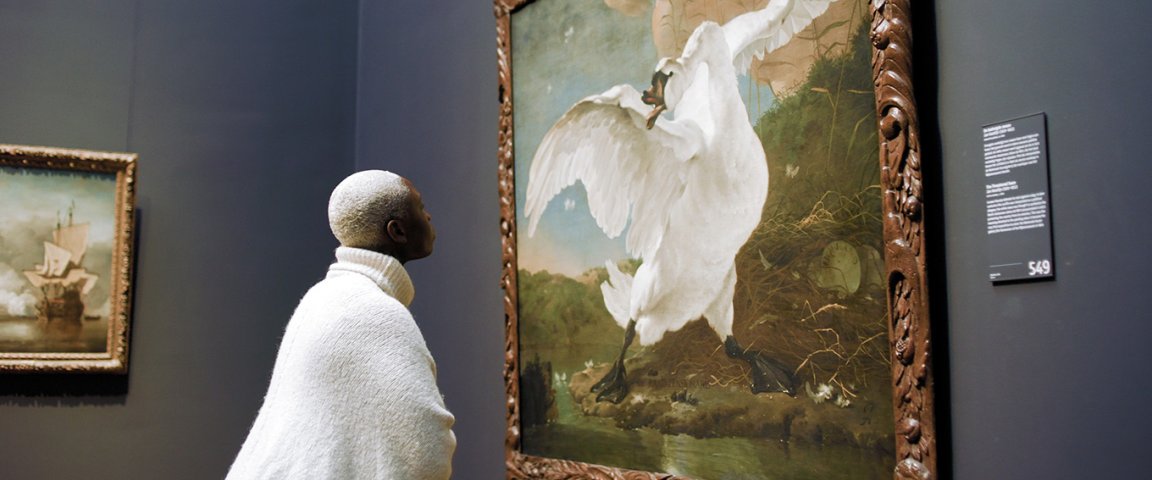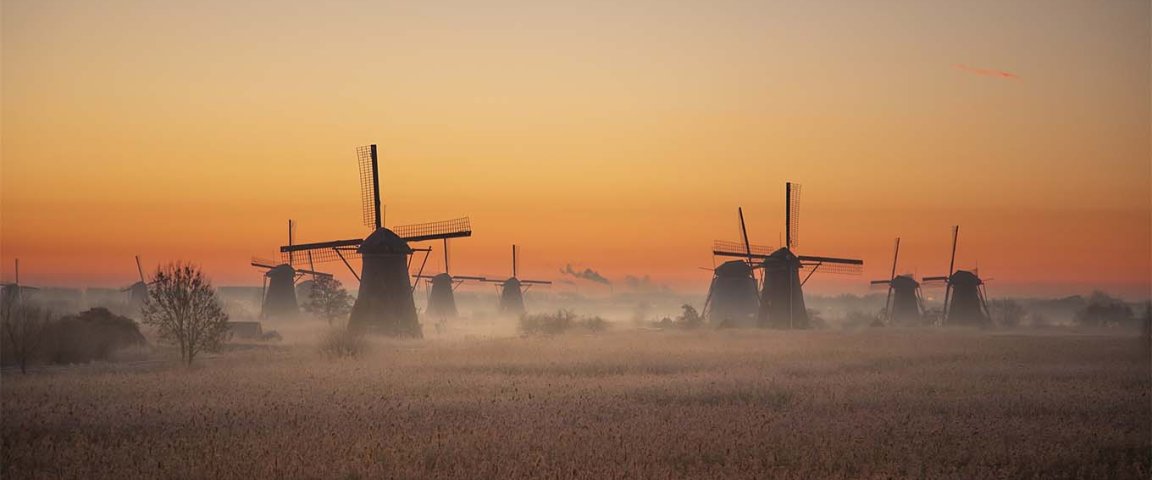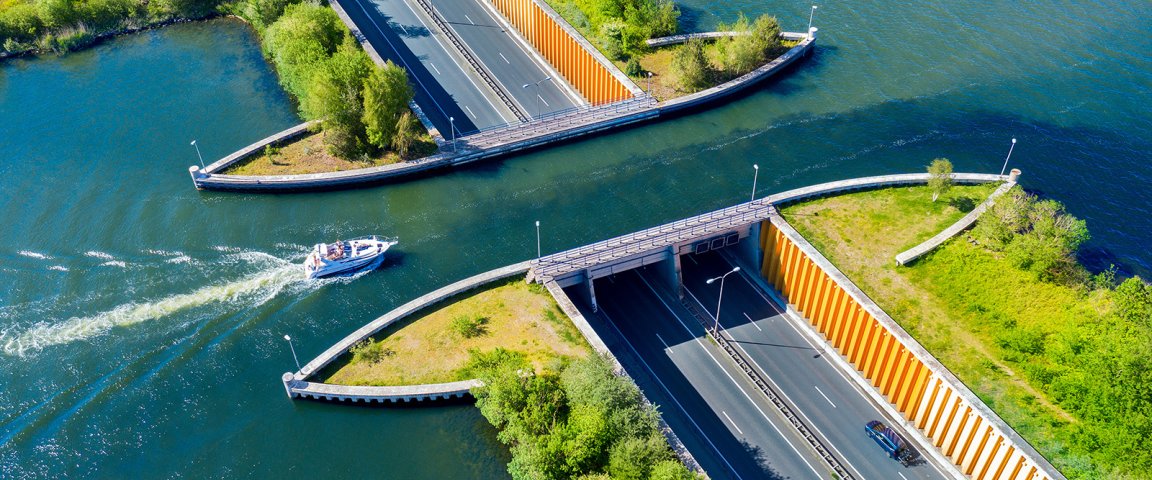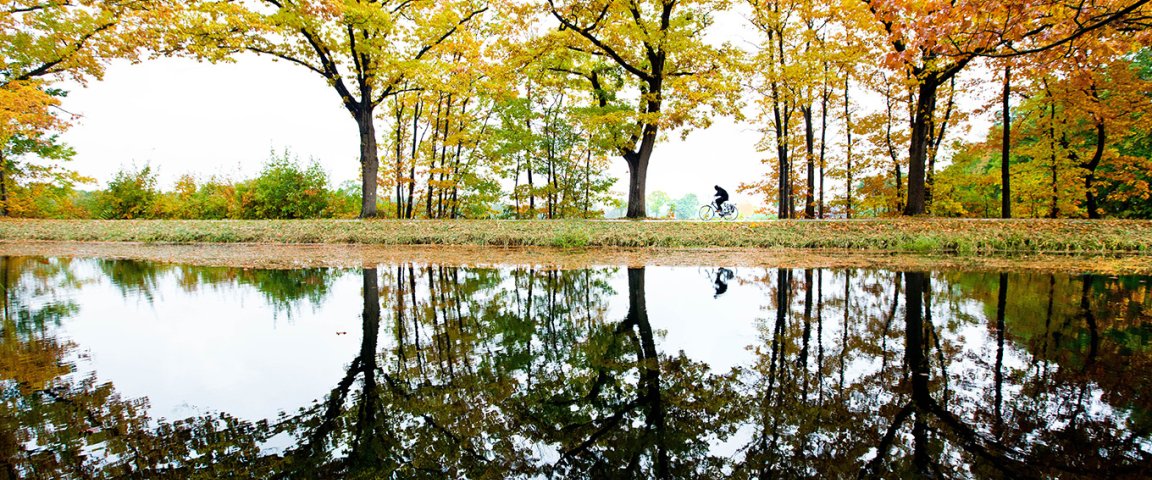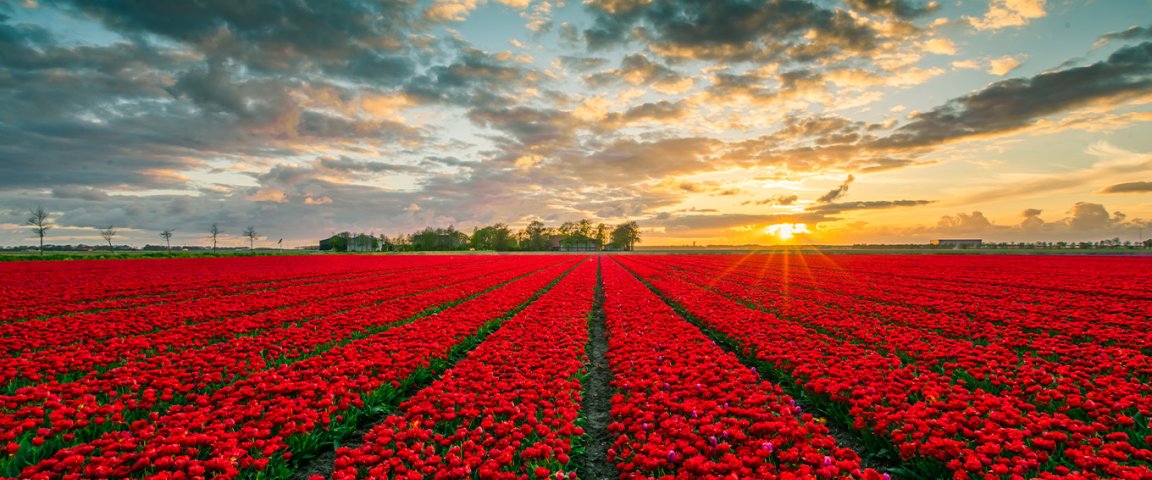Welcome to the Netherlands - A small country that’s big on culture and nature
The Netherlands: where age-old charm meets modern creativity. Admire masterpieces in our museums, stroll through historic streets and discover iconic design. Each city, from Rotterdam to Arnhem, offers a different facet of the country. Take your time, sample the culture and experience how relaxing a city escape or a stay in the middle of Dutch nature can be.

A culinary journey through the Netherlands
Dutch cuisine never stands still. Get to know the country’s dynamic food scene.
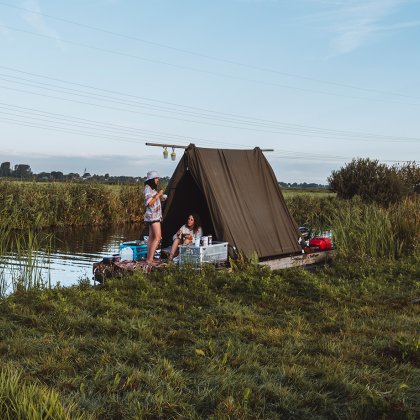
Slow travel: ultimate leisure
Slow down and discover the real Netherlands with this ultimate guide to slow travel.
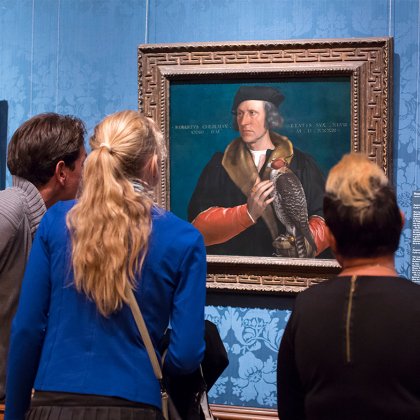
Museums in the Netherlands
Discover the wide range of museums and galleries to visit on your trip to the Netherlands
Meet the pioneers of tomorrow's kitchen

Taste the future of food
Innovation on your plate: the Netherlands is making your food smarter, more sustainable and tastier.
Enjoy New Dutch FoodExplore our cities like a true local
Let’s go outside!
Put on your coat and feel how the Netherlands comes alive in autumn. Stroll through forests of golden leaves, wander along charming canals and warm up in cosy cafés. When visiting outside of peak season, you’ll discover cities and nature at a more leisurely pace, with more space to enjoy local hospitality and the unique charm of the most beautiful season.
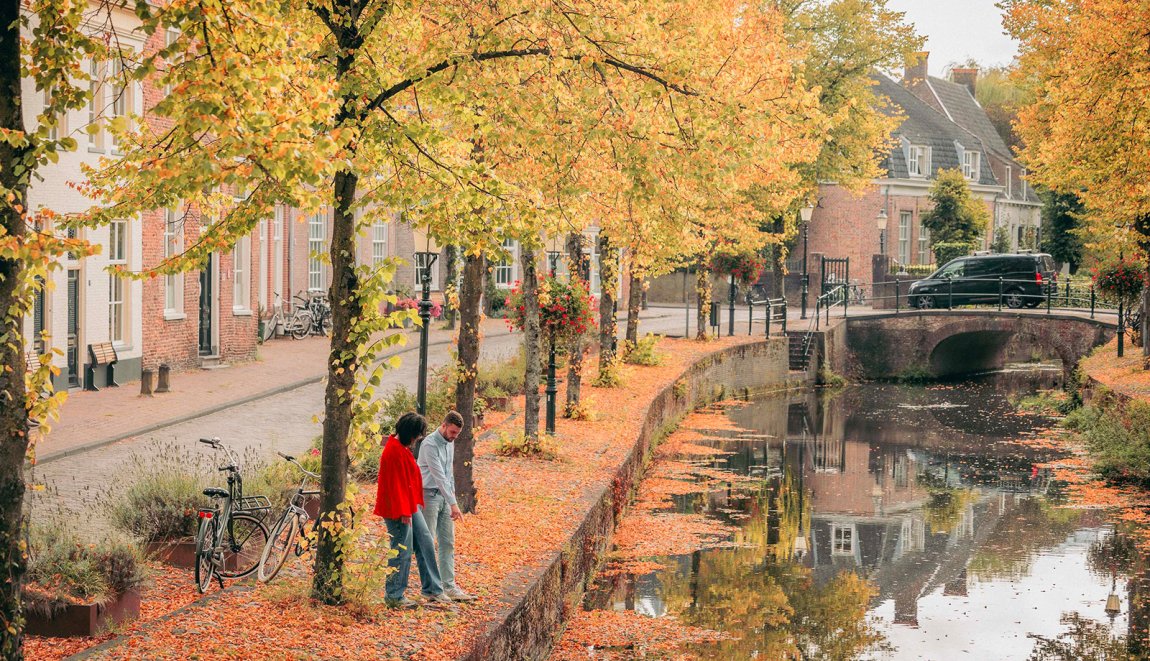
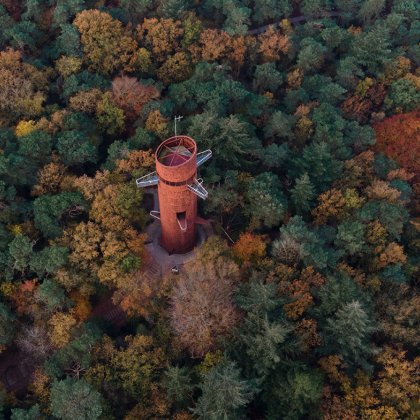
Discover the Netherlands in autumn
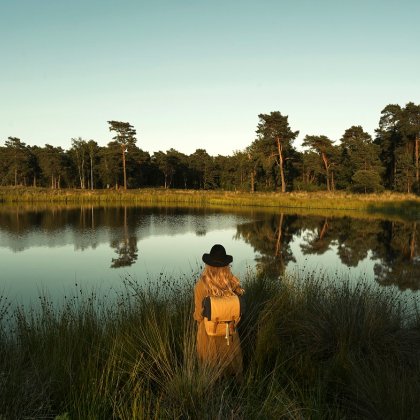
Explore the Dutch national parks
#VisitNetherlands
The Netherlands in 7 stories
Travel sustainably
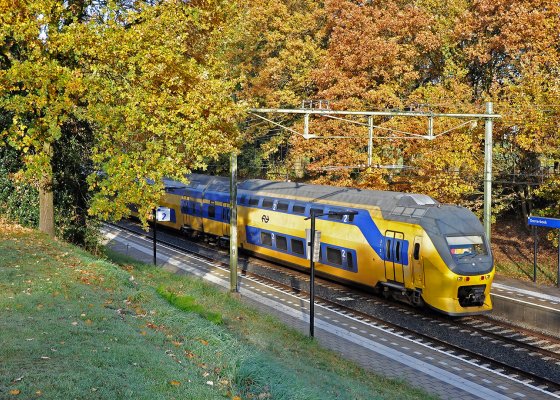
Did you know: The train is a great way to explore the Netherlands. You’ll be guaranteed to have the wind at your back! More on traveling by train
Michelin Green Star Restaurants
Find all Dutch restaurants that have a Michelin Green Star for their sustainable practices.
Feel good with sustainable fashion
These Dutch fashion shops, designers and cutting-edge initiatives make for sustainable shopping
The Netherlands is EV-friendly
The Netherlands is extremely EV-friendly and makes it easy to explore the country by electric car.
Go hiking to discover the Netherlands
Read all about the best hikes, the biggest walking event in the world and relaxing overnight stays.
